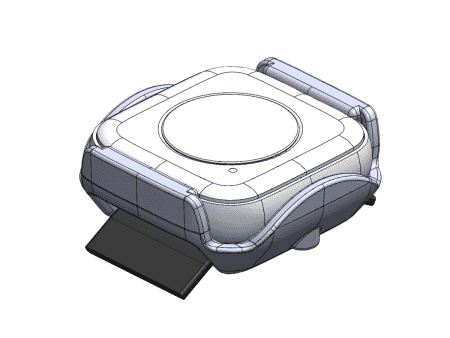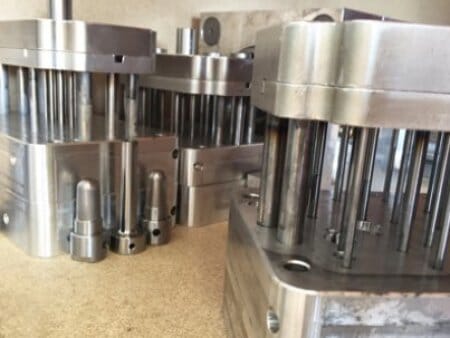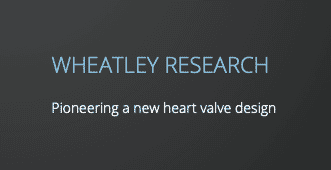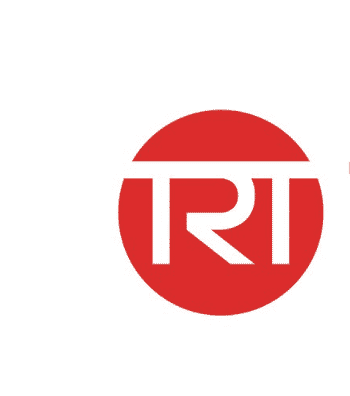What are the post finishing options for Additively Manufactured parts?
When producing parts through additive manufacturing processes, it often becomes necessary to post-process and finish components in order to get the desired cosmetic finish required.
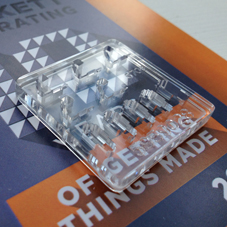 Be certain of the purpose of the part
Be certain of the purpose of the part
With so many different finishing methods available, it can be daunting to figure out which method would be most suitable for your part, and so it becomes increasingly important to confirm the purpose of the part.
For example, if the part is to be used for marketing purposes, a more aesthetic, cosmetic finish may be required. However, if the part is to be used for testing then form and fit will be the priority, it may be better to skip the aesthetics and focus on ensuring that the part is dimensionally accurate.
Be honest about the quantities required
Quantities must also to be taken into consideration when choosing a finishing process. One or two prototypes can be treated with highly detailed finishing processes and not be too costly, but for low volume production runs, mass finishing processes may be more appropriate in order to keep costs realistic.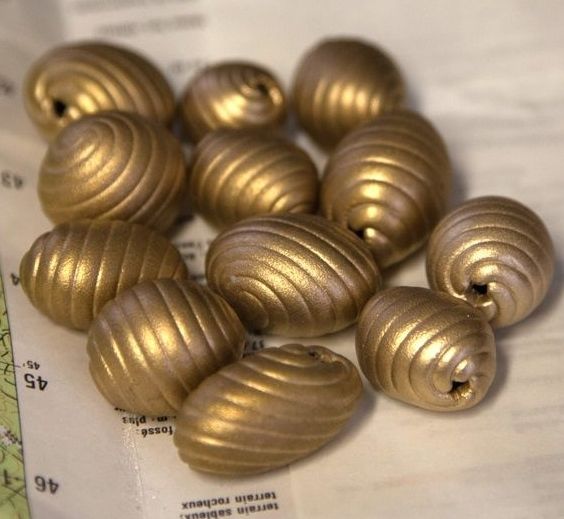
Once the focus of the build has been established it becomes more possible to think about the types of finishes that will be required.
Supporting structures and their removal
Firstly, most additively manufactured parts will require the support material to be removed. This process will vary according to the print method and the material used, and may leave differing states of finish so this must be factored in when choosing the orientation of build.
For example with polyjet, the support material is different from the material used to build the part and as a result, can be removed easily with a water jet.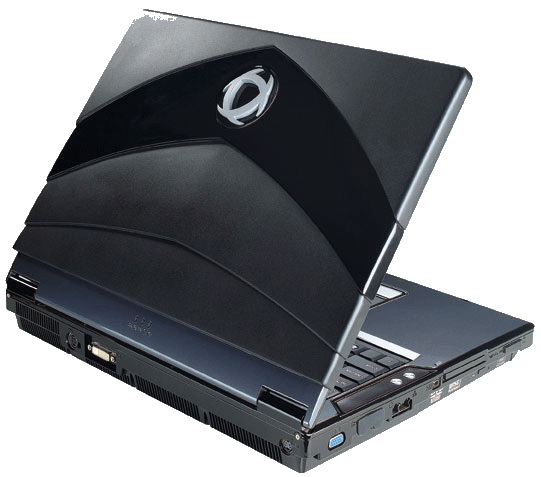
On the other hand, Stereolithography (SLA) uses the same material for building the support as the part, so removing these support structures is a little more complicated. The supports must be removed by hand, but in doing so there is a chance that marks may be left on the surface of the part. However, this can be addressed later with other finishing methods.
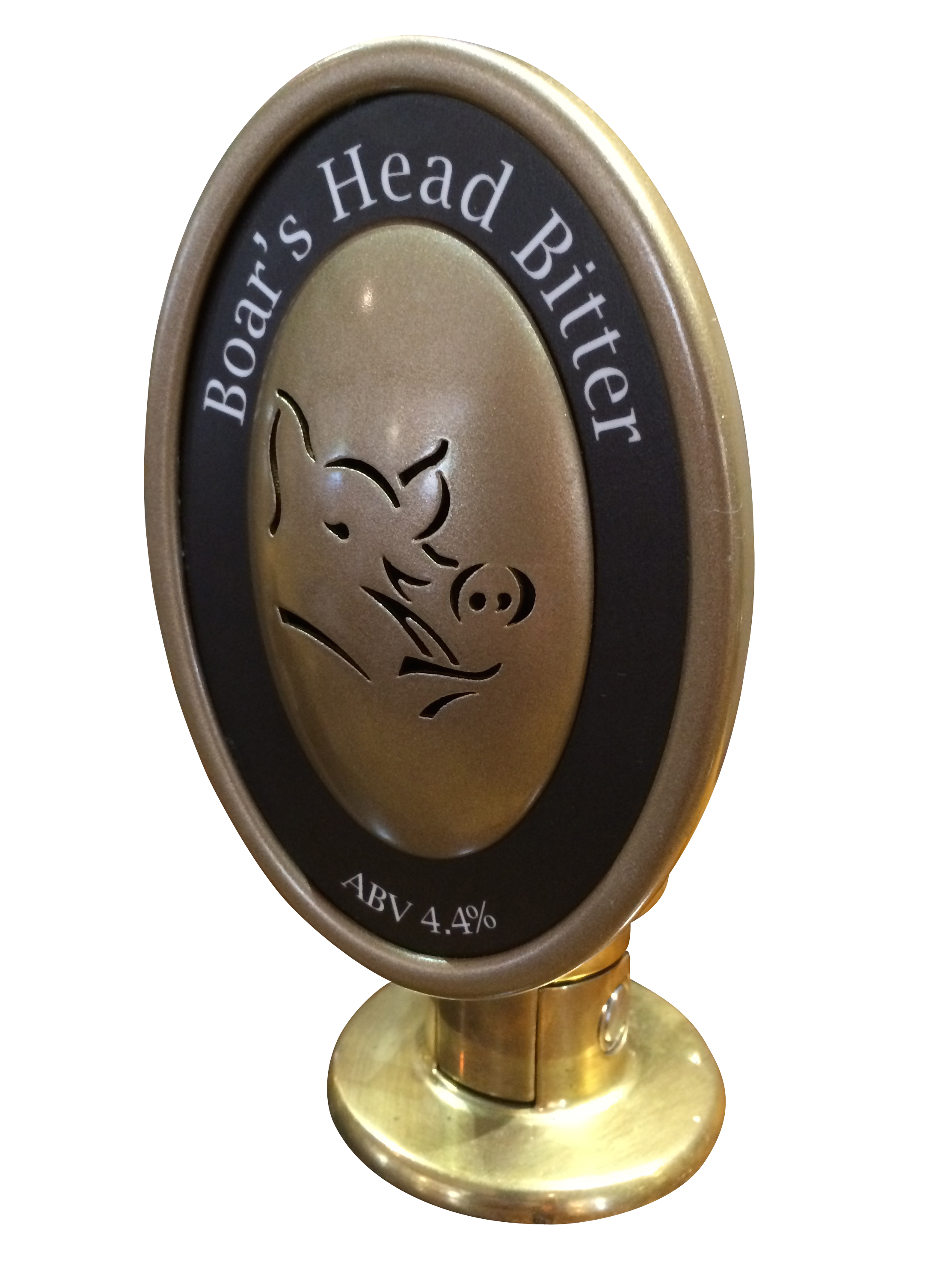 FDM (fused deposition modeling) can use water soluble supports, depending on material selection. In this instance, the material requires a specific solution for it to be dissolved and the part is left to soak until the supports melt away. However, this is not always possible. Higher temperature materials, such as PPSF and ULTEM, are not soluble and must be removed by hand.
FDM (fused deposition modeling) can use water soluble supports, depending on material selection. In this instance, the material requires a specific solution for it to be dissolved and the part is left to soak until the supports melt away. However, this is not always possible. Higher temperature materials, such as PPSF and ULTEM, are not soluble and must be removed by hand.
SLS (Selective Laser Sintering) is a powder-bed system. This obviates the need for supports, relying on the surrounding powder. Parts can literally be dug out of the powder material and dusted off. Sometimes parts will be washed to remove the powdery feel that is usually associated with this process.
Once the support structures have been removed then further finishing processes can be considered:
Sanding
The most common finishing process is sanding. This can be done by hand or by machine, but ultimately the aim is to remove any remaining traces of support structures. Sanding will also help to remove the “stair step” surface texture usually found on additively produced objects. Removing these steps is important, not only for cosmetic reasons but potentially functional reasons as well.
Sanding by hand is the most effective way to eliminate the stair stepping effect but only if the parts are not too intricate with hard to reach areas. Note: hand sanding is time consuming and therefore costs can easily outstrip the original part cost.
Mass Finishing
The ability to ‘finish’ large quantities of parts simultaneously is achieved by Mass Finishing. The process works by vibrating parts around in a tub of abrasive/polishing media; the resulting friction action abrades/polishes away imperfections on the parts surface.
The two main types of mass finishing are tumble finishing, (or barrel finishing), and vibratory finishing. Both involve a cyclical action to create contact between surfaces. Due to the nature of the process, parts with delicate features may not hold up well to these finishing processes and sharp edges that are required may be worn away.
Vapor Smoothing
Vapor smoothing is a fairly uncommon method of finishing, and is mainly suited for ABS materials produced by FDM. The process involves exposing the part to vaporized solvents for a few seconds, which melt the outer layer to leave a smooth, glossy finish. Vapor smoothing cannot completely eliminate stair stepping on angled surfaces, but can virtually eliminate it on vertical surfaces.
Vapor smoothing works for high-volume applications and can smooth surfaces that cannot be reached by hand sanding. However, it may not be as effective with complex internal structures as thin, flat pieces are prone to warping during the process.
Painting
Painting is commonly used on additively produced parts to add colour and/or texture. Parts can be painted in numerous ways; either simply spraying with spray paint or coating with textured paints.
Electroplating
Electroplating is used commonly in the airline industry to give lightweight plastic parts the look of a more high quality material. It can also give parts added strength by forming an exoskeleton around it. Alloys such as chromium, and metals like nickel, copper, silver and gold are the most commonly used plating materials.
Bonding
Bonding is commonly used to rebuild 3D printed parts that have been split in order to fit into the build space. There are multiple ways to accomplish this including: solvent bonding, hot air welding, super gluing and epoxies. Bonding is most suited for objects made using FDM and SLS processes but given the correct adhesive can be used in most applications.
Infiltration
Infiltration involves filling the tiny spaces in the surface of additively manufactured parts to strengthen and seal an object. This process can be improved by using a vacuum chamber.
An advantage of this method is that the mechanical properties of the part can be very much controlled, allowing density, strength and hardness to be selectively altered by infiltrating particular areas of the part.
Additionally, infiltration creates an air and watertight seal and can make the part chemically resistant.
Texturing
With the latest software it is now possible to incorporate textures into an STL file. This can have a big visual impact and dramatically reduce the man hours involved in conventional dressing as it is surprisingly good at disguising the layering!
As you can see, options for post additive manufacture are numerous especially with advances within 3D printing being talked about almost daily. Trying to work out the best process and post processing options for parts, as well as keeping an eye on cost implications can not only be a minefield, but extremely time consuming!
Plunkett Associates have been involved in the additive industry for over 25 years so we are aware how best to assist you. Contact us and we will be happy to discuss some options with you.








